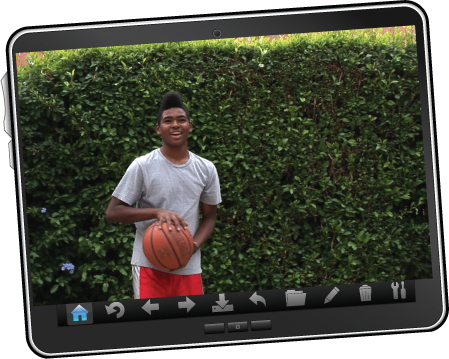9.8 Applications
1. Visit a Grade 5, 6, or 7 class. Note variations in the size and maturity of the students. Do you see any patterns related to gender, ethnicity, body fat, or self-
2. Interview two to four of your friends who are in their late teens or early 20s about their memories of menarche or spermarche, including their memories of others’ reactions. Analyze the connections between body changes and emotional reactions.
3. Talk to a teenager about politics, families, school, religion, or any other topic that might reveal the way that young person thinks. Do you hear any characteristics of adolescent cognition, such as egocentrism, intuitive thinking, or formal thought? Cite examples.
4. Think of a life-
>>ONLINE CONNECTIONS
To accompany your textbook, you have access to a number of online resources, including LearningCurve, which is an adaptive quizzing program; critical thinking questions; and case studies. For access to any of these links, go to www.worthpublishers.com/
- The Timing of Puberty. Too early? Too late? Teens tell their own stories about the impact of pubertal timing. The video also reviews physical changes and gender differences in maturation.
- Brain Development: Adolescence. There’s a lot going on in a teenager’s brain! Animations and illustrations highlight that development and its effect on behaviour.
